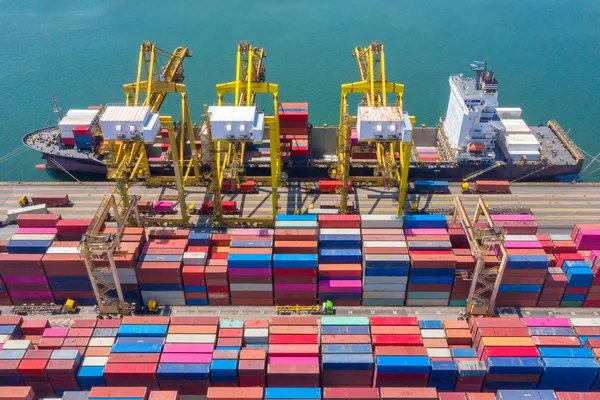As part of its modernisation plans, Morocco FoodEx has revealed how its ‘Easy Food Export’ information system to digitalise technical control activities, is helping to facilitate export procedures, save time and costs for exporters, thus improving their competitiveness.
A key priority in Morocco FoodEx’s global strategy, deploying technical solutions and innovative technologies in this process has enabled it to considerably ease export procedures, with the new technical control information system allowing for:
- Digital transformation towards zero paper – by eliminating all documents produced in the technical export control procedures
- Improved public services – by ensuring an interconnection between the Morocco FoodEx system and the systems of administrations involved in the export of agricultural and food products, notably the ADII and the ONSSA, for a more efficient and responsive public service
- Simplification of export formalities – by significantly reducing the time required to complete export procedures in order to improve the competitiveness of Moroccan exporters.
These technological developments come in response to Morocco’s expansive logistics and distribution network and play an important role in the efficient management of supply chain operations of food and produce being exported from the continent.

Thanks to a 3,500km long maritime façade, Morocco benefits from an advantageous geographical situation and a position on the Strait of Gibraltar, at the crossroads of the great world communication axes, giving it the best port connectivity in Africa. The Moroccan port network is composed of 43 ports – 14 of which are dedicated to foreign trade. The ports occupy an important place in the national economy since 98% of the international commercial exchanges pass through them.
Considered as the leading port for container transport on the continent, Tangier Med is an integrated logistics and industrial platform, connected to a multimodal transport network (rail link, motorway and expressway) for the transport of goods. The port of Tangier Med is home to some of the world’s largest shipping companies (Maersk, CMA CGM, MSC) as well as port leaders such as APM TERMINALS and EUROGATE.
Tangier Med is positioned as the leading container port on the African continent and in 24th place worldwide. The port of Casablanca is currently ranked second in the country. It extends over 450 ha, offers more than 8 linear km of quays, and can accommodate and handle up to 40 ships at a time. A multifunctional port mainly oriented towards trade, its link with the port of New York in 7 days allows for deliveries to be made under good conditions.
In addition, 18 international airports are operational for cargo operations, allowing exporters and importers to benefit from air transport services that are much faster than sea freight. The new national network currently reaches 15,639 km, of which 1,416 km are motorways – with the structural axes reinforced by motorway branches and several expressways.
For more information:
Morocco FoodEx
www.moroccofoodex.org.ma/en/
